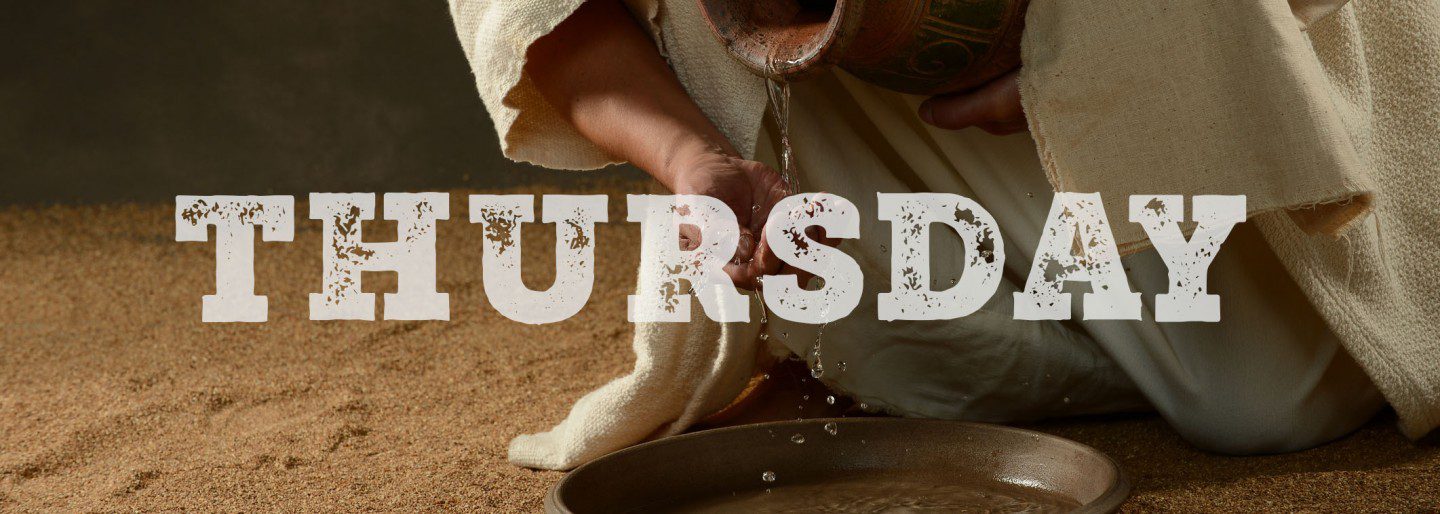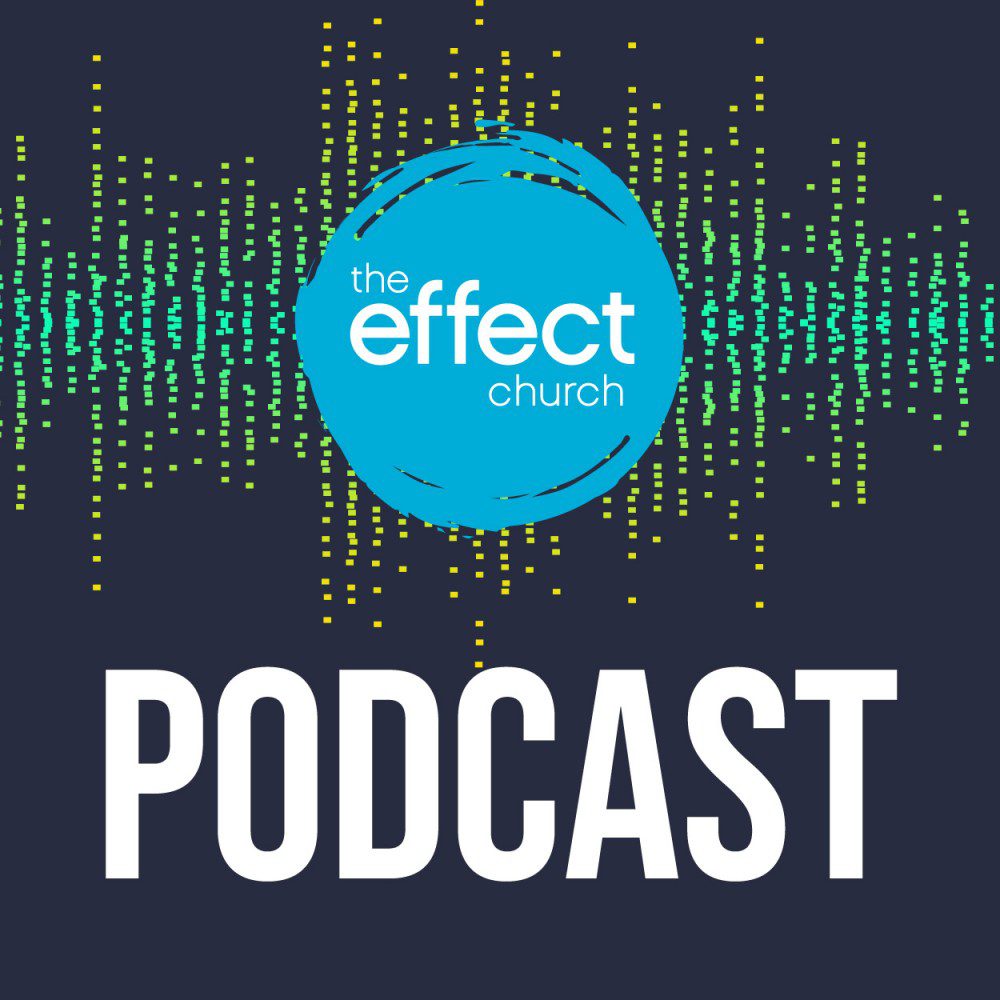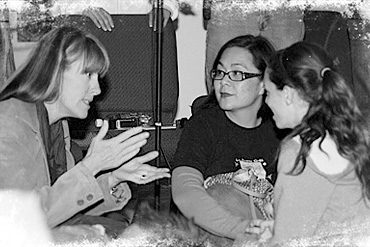
Maundy Thursday: A Busy Day
Maundy Thursday commemorates the events of the last supper and Garden of Gethsemane. It’s a busy day. At the last supper, Jesus washes his followers’ feet, institutes the Eucharist, and gives them a new commandment to follow. Before leaving the upper room, he prays for unity–that we all would be one as he and his Father are one–then arriving at Gethsemane, prays again that he might not have to pass through his coming crisis, even as Judas is on his way to deliver the kiss heard round the world.
But in the midst of all this activity, the name “maundy” displays the church’s emphasis for this day of Holy Week. When the scriptures, spoken in Aramaic and written in Greek, were translated into Latin for the western Church, Jesus is quoted as saying mandatum novum do vobis, which means a new commandment I give you. (John 13:24) When the Latin word for commandment–mandatum–is translated over a thousand years later into Old English, it becomes maundy. Maundy Thursday is focused on the new commandment–to love each other as I have loved you. With only a few hours left with his closest friends and followers, Jesus is still struggling to help them understand the crux–the cross–of his message and the meaning of his life with them.
The Master is the Servant
By washing his followers feet before their meal, Jesus shocks them by graphically demonstrating what he means by loving one another–serving instead of being served, and by extension [being one and in unity with his Father in heaven] that the God we all say we serve is really serving us…a humble, unassuming God who exists to care for us, to literally wash our feet. Just as Peter initially refuses to allow Jesus to wash him, most of us mentally and emotionally resist, even abhor such a servant God who doesn’t fit our theological narrative, but Jesus tells Peter and all of us we can have no part of the Father until we see and accept him as he is.
Driving the point further, he institutes the Eucharist, communion, using the most outrageous language a Jew can muster: to eat his flesh and drink his blood, both abominations under the Law. With these images, he illustrates the radicalness of taking into themselves all that he is–moving them toward the unity that will unveil the truth that liberates. And with his new commandment, he brings to crystal clarity and utter simplicity the whole of the Gospel–to love each other just as he had loved them so well.
All four previous days of Holy Week are driving us to the fulcrum of Maundy Thursday–the unity at the core of creation. To see past our own compulsive needs and fears on Palm Sunday, to see past the distraction and deceptions of the institutions and groups around us on Fig Monday, to learn to balance between anticipation of new life coming and immersion in the life that is now, and to balance between the agenda and accomplishment of our exterior lives and the vulnerability of being intimately connected in our closest relationships is to experience all that Jesus’ Father is. The unity of Maundy Thursday is the result of lives lived like this.
And to graphically illustrate what it all means, the love that Jesus had for his friends, and still has for all of us, leads him out of the warmth and safety of their upper room to the darkness of the garden to face the agony of his own human fears…and the kiss that will set the last three days of Holy Week in motion.
Washing of the disciples’ feet and the giving of the new commandment.
John 13:1-35
Institution of the Eucharist.
Matt 26:26-29; Mark 14:22-25; Luke 22:17-20
Jesus’ prayer for unity on the way to Gethsemane.
John 17
We hope these readings and short comments help prepare you this week for Resurrection Day next Sunday. If you’d like to dig even further, here is a daily devotional for Holy Week with some really nice elements.
Stay Connected!


Stay Connected!
Don’t miss the latest news and updates from our faith community, designed to keep you inspired and motivated.



